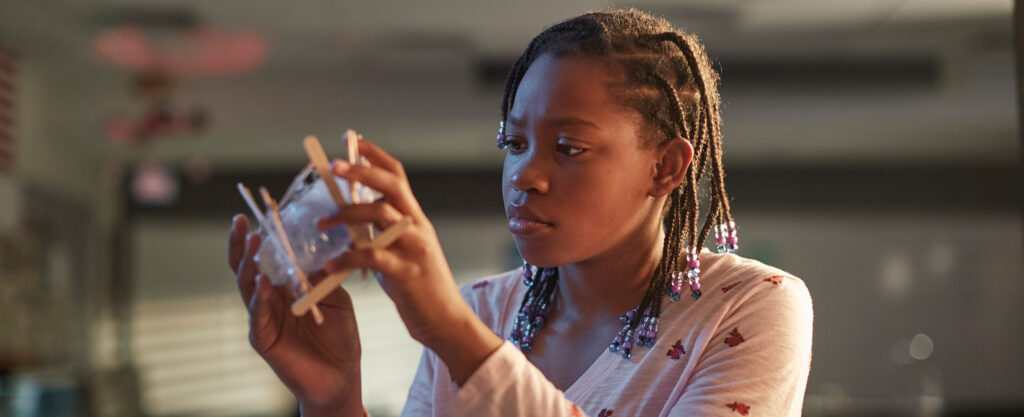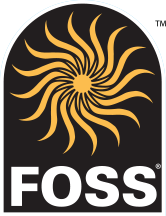Access and Equity

For more information, you can download the Teacher Resources chapter Access and Equity in Grade K-8 or watch the Access and Equity in FOSS video.
The roots of FOSS extend back to the mid-1970s and the Science Activities for the Visually Impaired and Science Enrichment for Learners with Physical Handicaps projects (SAVI/SELPH). As those special-education science programs expanded into fully integrated settings in the 1980s, hands-on science proved to be a powerful medium for bringing all students together. The subject matter is universally interesting, and the joy and satisfaction of discovery are shared by everyone. Active science by itself provides part of the solution to full inclusion.
Many years later, the FOSS Program began a collaboration with educators and researchers at the Center for Applied Special Technology (CAST), where principles of Universal Design for Learning (UDL) had been developed and applied. FOSS continues to learn from our colleagues about ways to use new media and technologies to improve instruction. Here are the UDL principles.
Principle 1. Provide multiple means of engagement. Help learners get interested, be challenged, and stay motivated.
Principle 2. Provide multiple means of representation. Give learners various ways to acquire information and knowledge.
Principle 3. Provide multiple means of action and expression. Offer students alternatives for demonstrating what they know.
The FOSS Program has been designed to maximize the science-learning opportunities for students with special needs and students from culturally and linguistically diverse origins. FOSS is rooted in a 30-year tradition of multisensory science education and informed by recent research on UDL. Procedures found effective with students with special needs and students learning English are incorporated into the materials and procedures used with all students.

